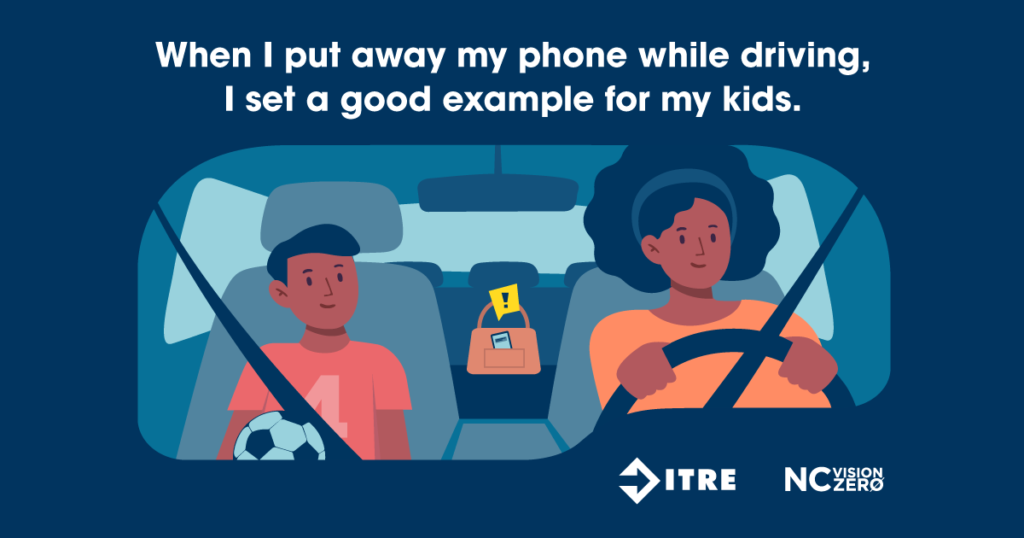Tragically, traffic crashes are the #1 leading cause of death for North Carolina kids ages 5 – 14 (Source: NC Department of Health and Human Services).
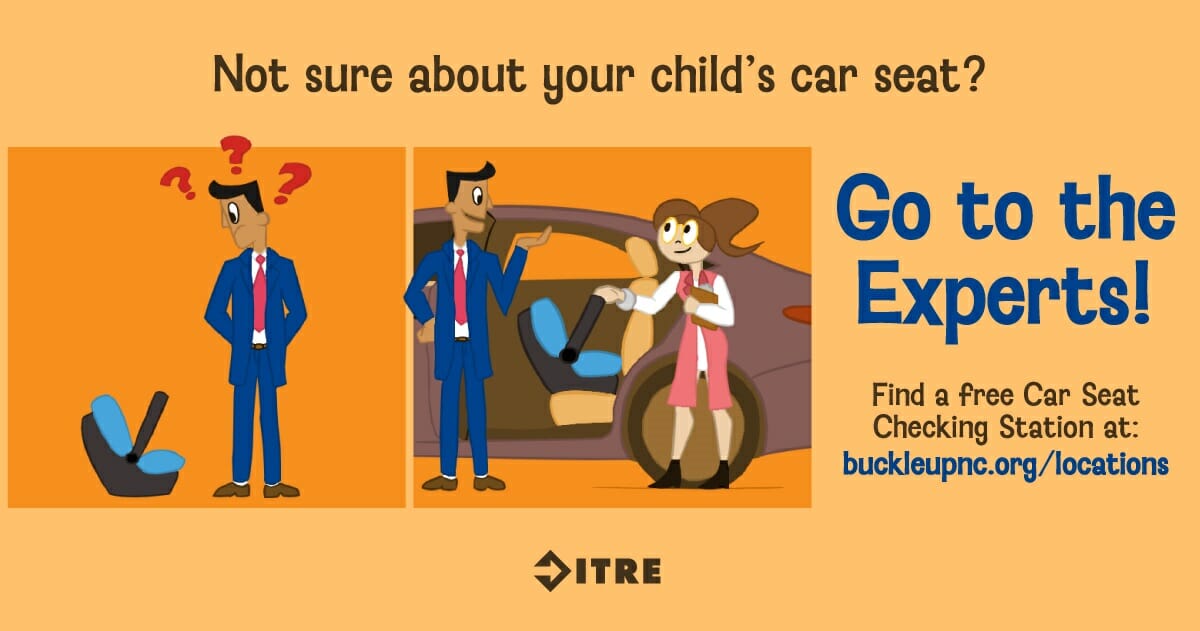
Keep your kids safe with these 4 simple tips.
1 – Show Them What Safety Looks Like
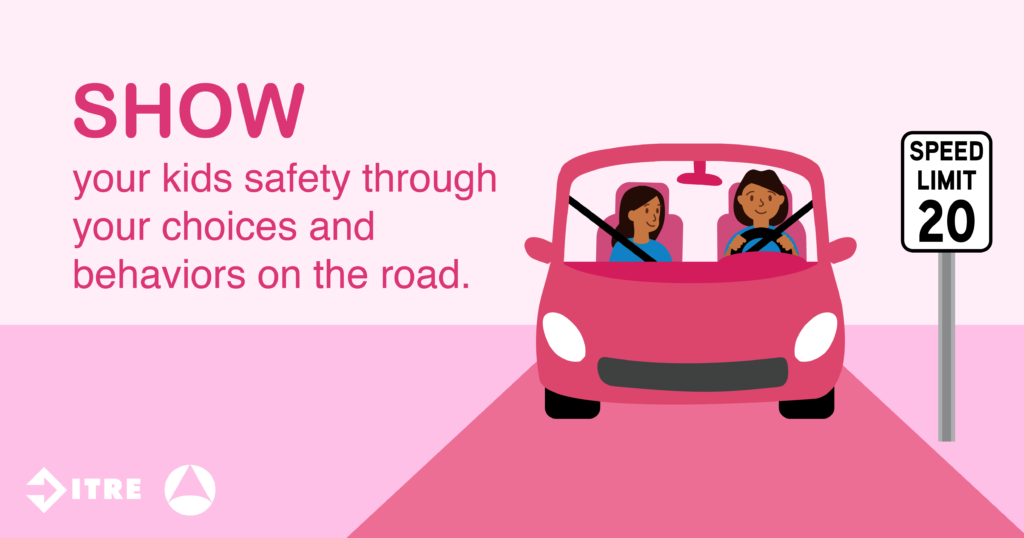
In the middle of your third Zoom meeting of the day, you look over to see your four year old daughter pounding away on a plastic keyboard, balancing her toy cell phone on her shoulder and talking like a boss baby. Her air of authority makes you laugh and pulls your attention away from your call. Your mini-me is at it again.
Watching our kids imitate us can be a warm and gratifying experience. It also serves as an important reminder of the observant eyes that soak up our behavior like a little sponge. On the road, it’s especially important to give them a good example to follow.
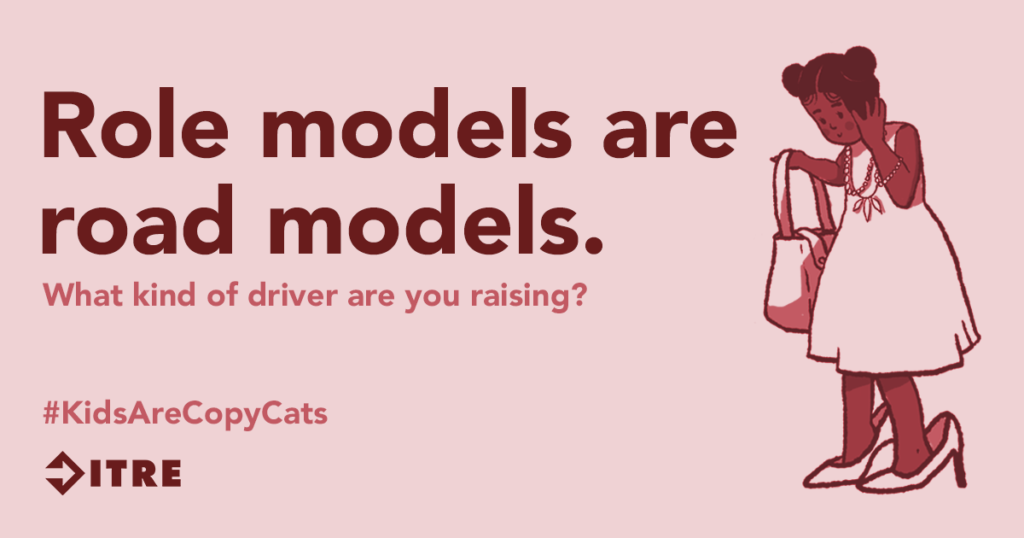
Children start learning how to drive as soon as you turn their car seat facing forward.
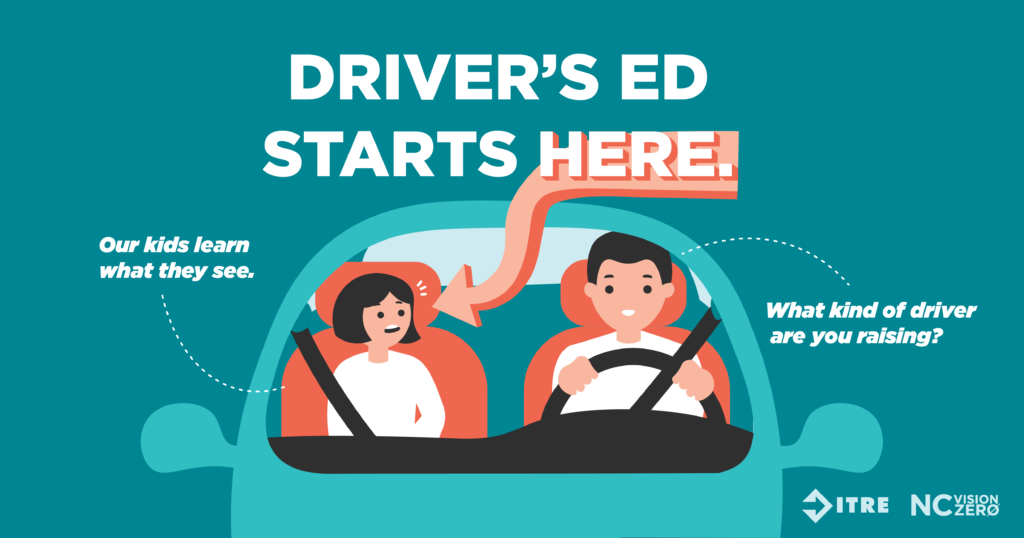
The way you drive now is how your kids will drive when they get a license.
By modeling the habits that will keep them safe on the road, you help to shape safe behaviors long before they get their license.
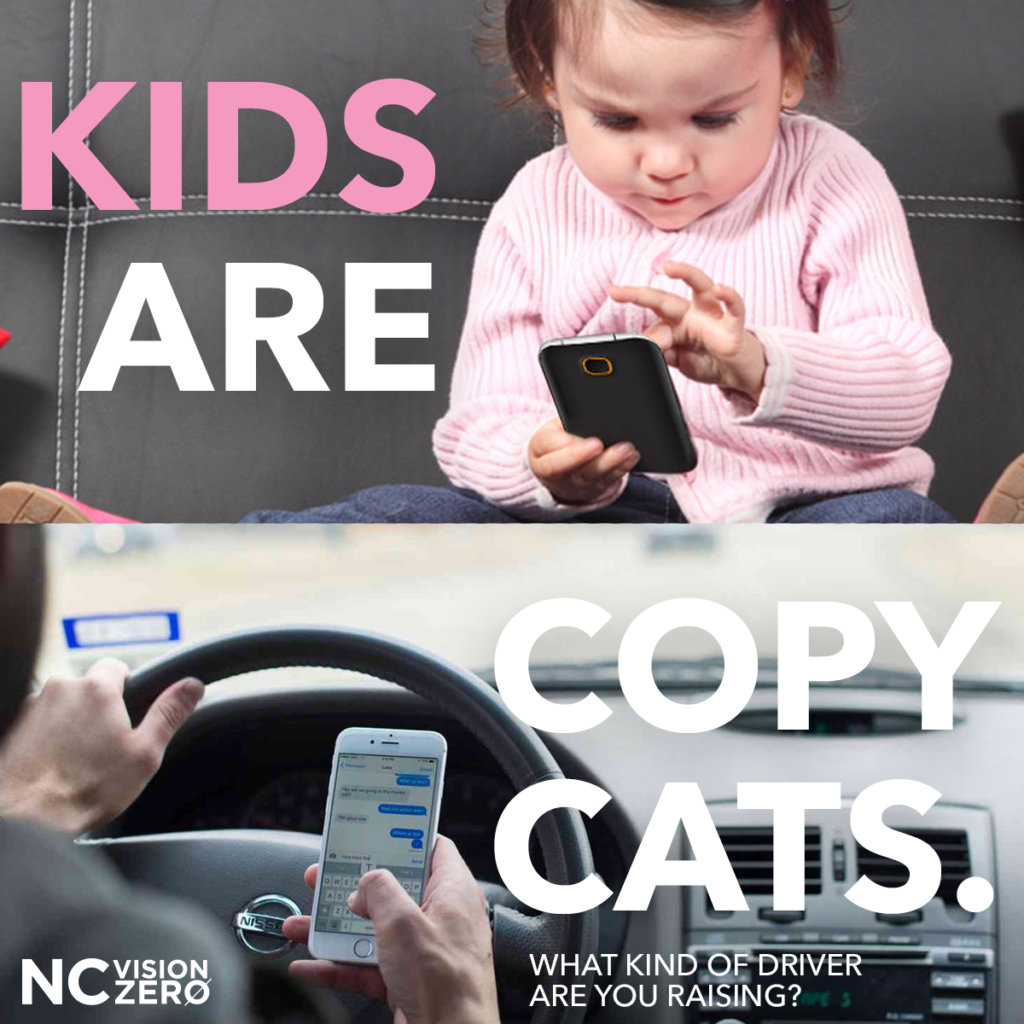
2 – Explain What You’re Doing and Why
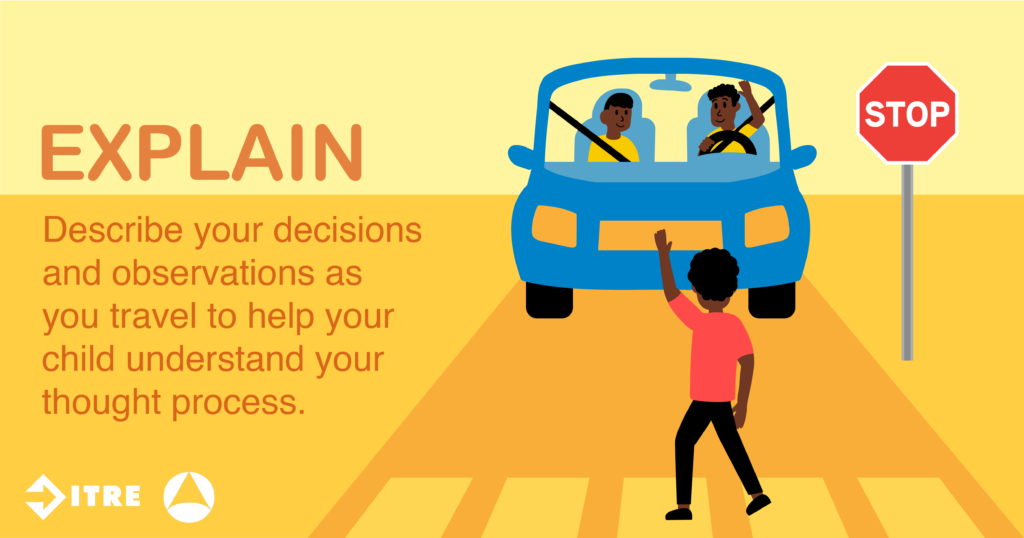
Add another level to your child’s understanding of traffic by thinking aloud as you drive, bike, walk, or ride. The extra context clues will help them to start recognizing cues and threats like an experienced traveler.
Explain your decisions using “I” statements during trips with your child. For example:
-
“Oh look, the cars way up there are braking. I will slow down too.”
-
“Since it’s raining, it may be hard for people to see this car. I’m going to put on my headlights so they can see us.”
-
“I’m not sure if that driver can see me yet, I’m going to wait to cross until we make eye contact.”
-
“There’s a pedestrian at that crosswalk! I’m going to stop and wave at her so she can cross safely.”
-
“That big truck may not be able to see my car, so I’m going to give it plenty of space.”
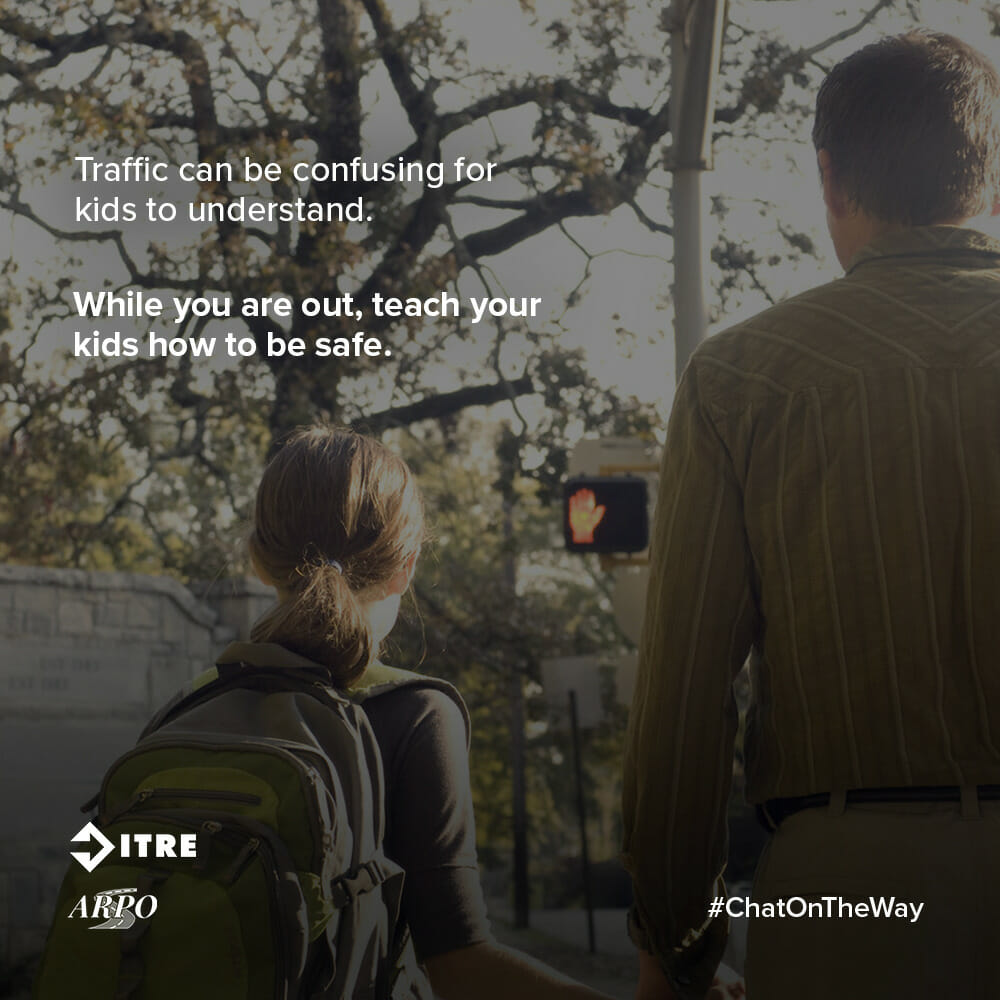
3 – Practice Safety Together
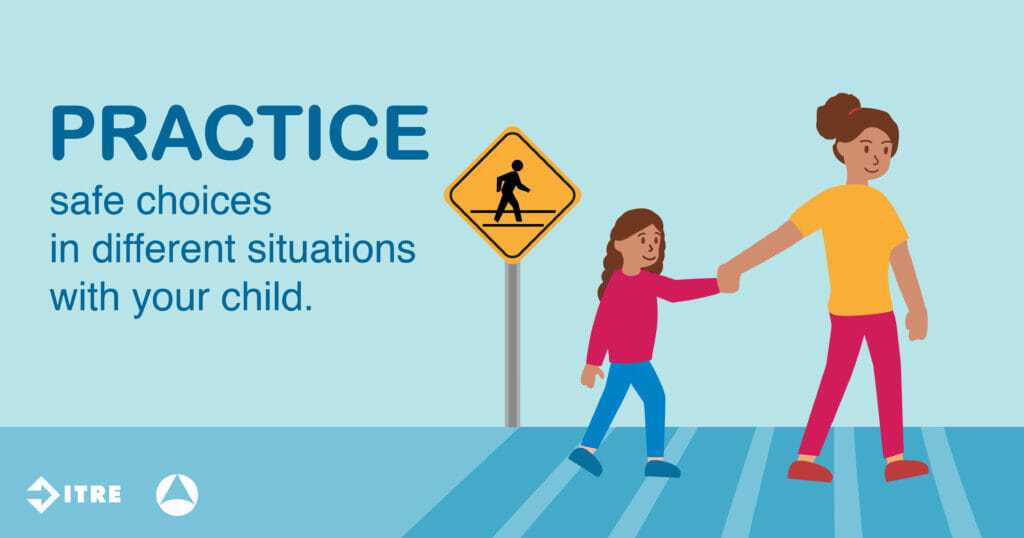
The next important step to prepare your child is to practice together. As you’re traveling, ask your child open-ended questions to test his awareness and understanding of threats and situations. Play out circumstances he might encounter and ask him what he would do.
Try it out:
-
Take a walk through your neighborhood to practice crossing the street safely and looking and listening for cars. If you feel comfortable, take a walk in a busier location to give them experience with higher levels of traffic.
For more information about how to teach kids how to walk and bike safely, visit Let’s Go NC.
-
Give your kids hypothetical situations to practice speaking up as passengers. For example, pretend that you’re another parent from school and you start using a phone while driving. What should your child do in that situation? How will they tell you about it later?
-
As you’re driving, play the SPOTS game. SPOTS = See People On The Street. To play, everyone should tap their head and count aloud when they see people walking or biking. This simple game helps children practice looking for people when they (eventually) drive.
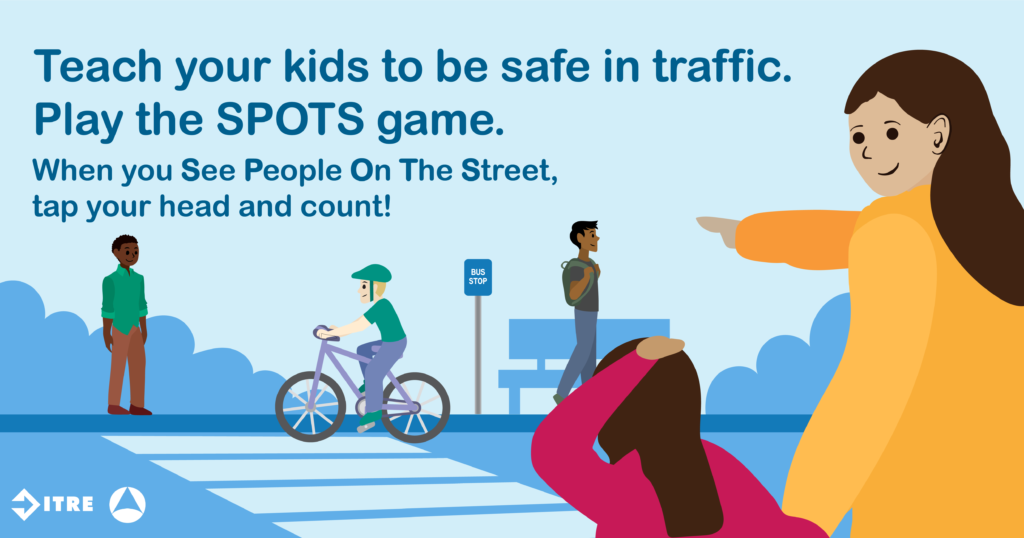
Free Resource: How to Talk to Your Kids About Traffic
4 – Make a Family Commitment
Having regular family conversations about safety will help your child internalize these habits. Discuss traffic safety rules with your family and commit to them together using this free Traffic Safety Family Contract.
Give your children permission to remind you of that commitment if they catch you doing something unsafe. By keeping each other accountable, your child will also learn how to speak up and advocate for his own safety in other situations.
